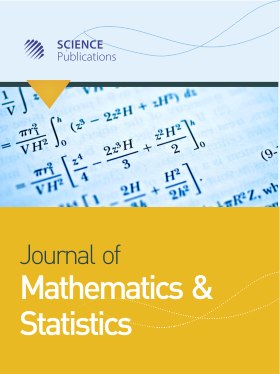A Study on the Behavior of Volatility in Saudi Arabia Stock Market Using Symmetric and Asymmetric GARCH Models
Abstract
Problem statement: This study examines several stylized facts (heavy-tailedness, leverage effect and persistence) in volatility of stock price returns exploiting symmetric and asymmetric GARCH family models for Saudi Arabia. Approach: This study is carried out using closing stock market prices over 15 years covering the period 1 January 1994 to 31 March 2009. The sample period is divided into three sub-periods according to the local crisis in 2006. Results: The results reveal that asymmetric models with heavy tailed densities improve overall estimation of the conditional variance equation. Moreover, we find that AR (1)-GJR GARCH model with Student-t outperform the other models during and before the local crisis in 2006, while AR (1)-GARCH model with GED exhibits a better performance after the crisis. Furthermore, the findings reveal the existence of leverage effect at 1 percent significance level. Conclusion/Recommendations: Finally, the volatility persistent in the samples during and after crises decreases in all models under various distribution assumptions.
DOI: https://doi.org/10.3844/jmssp.2012.98.106

- 3,900 Views
- 3,178 Downloads
- 3 Citations
Download
Keywords
- Volatility
- fat tailedness
- GARCH
- asymmetric densities
